Broccoli
Importance of Broccoli to Oregon
Oregon ranks fifth in vegetable production in the United States. One of the vegetables grown in the state is broccoli. There are 247 farms in Oregon that grow broccoli. It is important to the state even though we don’t grow as much of it as we do many other crops. Oregon is one of the top broccoli-growing states. There are about 1,400 acres of broccoli grown. Over 1,000 acres of that is for processing. This means it is not being sold fresh.1
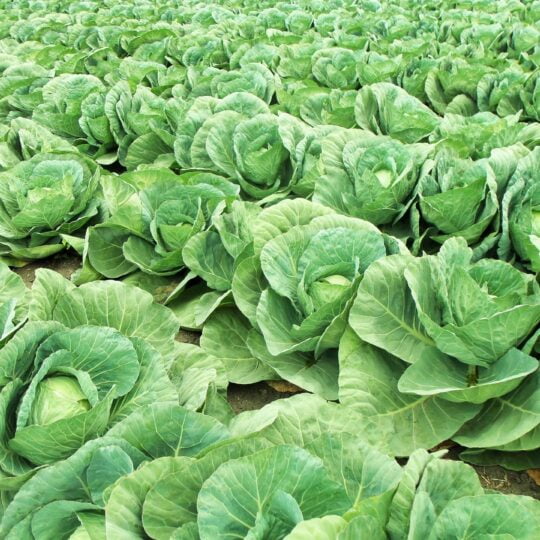
History of Broccoli
Broccoli is a cultivar of wild cabbage, which is native to the Mediterranean and was domesticated into different foods we eat today. Wild cabbage was bred into many cultivars including broccoli, cauliflower, kale, and Brussels sprouts.
Cultivating broccoli can be traced back to Italy in ancient Roman times. It was first taken to England in 1720. Broccoli was brought to America by Italians in the 1900s and started being grown in large amounts in California in the 1920s. The United States grows the most broccoli out of any country.
Broccoli Varieties
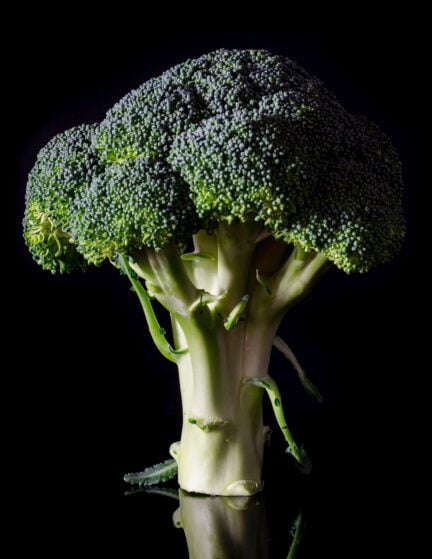
Calabrese Broccoli
Calabrese broccoli is the most common type of broccoli grown in the United States. It has a large green head and thick stalk. The stalk has many florets, which look like little trees. This is the popular kind sold in the grocery store. It’s what most people think of as broccoli.
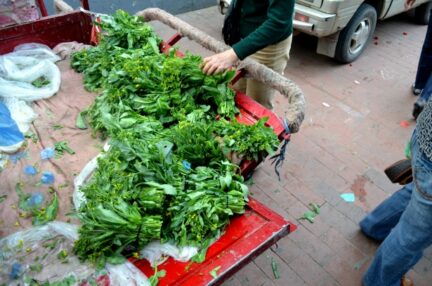
Broccoli Rabe
Broccoli rabe has thinner stalks and a stronger flavor than the calabrese. It is often used in Italian cuisine. Broccoli rabe is related to turnips. The leaves of broccoli rabe are often used in cooking.
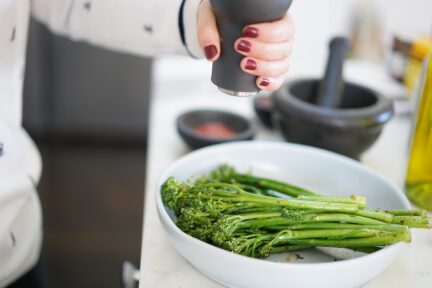
Broccolini
Broccolini is also referred to as baby broccoli. It is a cross between calabrese broccoli and Chinese broccoli. It has a long, slender stalk and small buds that look like a calabrese broccoli floret. Broccolini has a sweeter taste than calabrese broccoli.
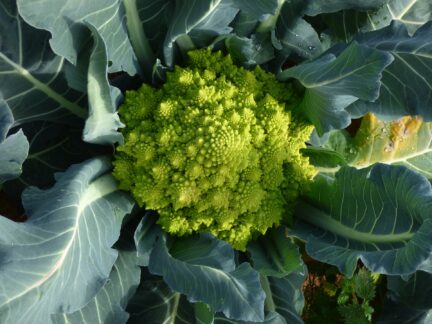
Romanesco Broccoli
Romanesco broccoli is a bright green color and is related to traditional broccoli and cauliflower. The florets grow in a spiral pattern. It can be prepared like broccoli or cauliflower and has a similar taste.2
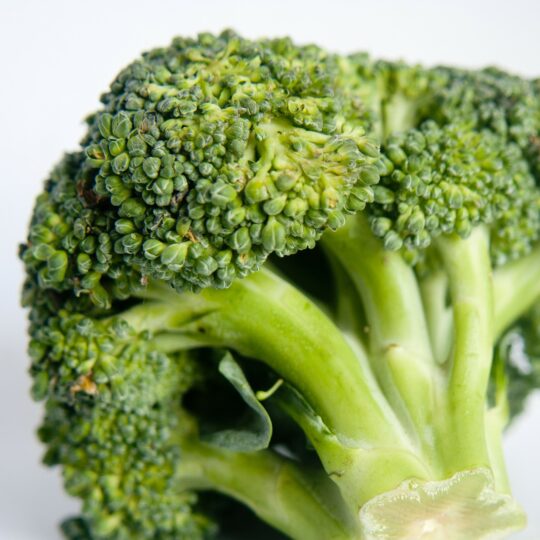
Life Cycle of Broccoli
Broccoli is usually transplanted into fields as a start, not a seed. It’s a few weeks old by then. Planting typically happens in the spring after winter frosts are over. The soil can’t be too cold. Broccoli is a cool-season crop and does not like extreme heat.
Broccoli takes around two months to grow large enough to harvest and eat. Spring plantings will usually be ready for harvest in June. Broccoli can bolt and create flowers and seeds if it isn’t harvested in time.
Broccoli Harvest
Broccoli is ready for harvest when the head is firm and full size. It should be harvested before there are any yellow petals. Most broccoli heads are about 6 inches wide when harvested. Broccoli is all harvested by hand. It can be a difficult job. Once broccoli is ready, workers cut the head off of the plant with a knife. Broccoli stems are cut about 6 inches long. Once the head is cut, broccoli is sorted and put into a truck. Then it is taken to a processing facility where it is kept cool until being processed or sent to market.3
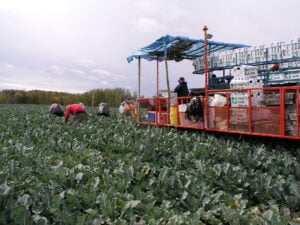
Image by NT Franklin from Pixabay
Pests and Diseases
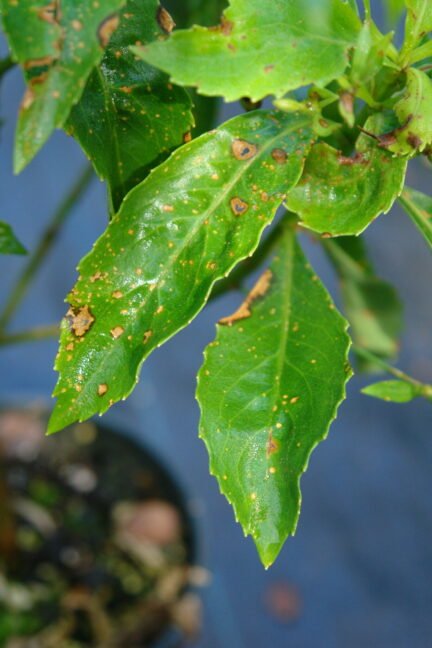
Alternaria Leaf Spot
Alternaria is a fungal disease that causes yellow spots on the leaves. These spots show up in a round shape and become brittle and crack. They can become black masses of spores. This fungal disease is worse during warm and rainy weather conditions.4
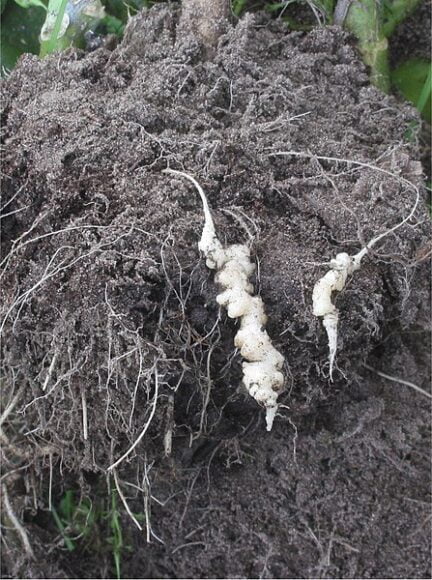
Clubroot
Clubroot is caused by a microorganism that can live in the soil. It’s so tiny that it can only be seen by a microscope. It can last up to 18 years in the soil and the disease spreads when the soil moves. Clubroot can cause the broccoli roots to be 5 to 6 inches wide. The big roots don’t take up water and minerals from the soil as well as healthy roots. It can kill small broccoli plants.5
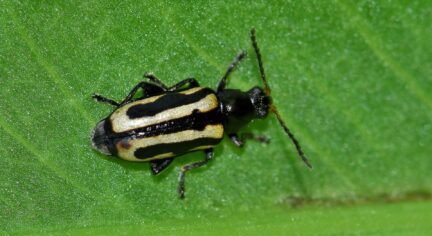
Flea beetle
Flea beetles are tiny insects that are only 1.5 to 3 millimeters in length. One millimeter is the thickness of one penny. They are dark colored and jump around. Flea beetles eat small holes in the leaves. Young plants and seedlings are damaged the most by these insects. Plants that are eaten by flea beetles don’t grow as well.6
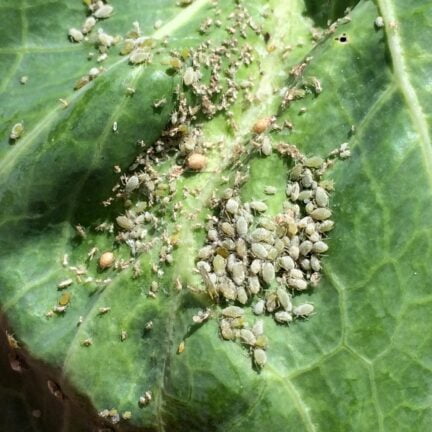
Cabbage Aphid
Cabbage Aphids are a serious concern in broccoli in the Willamette Valley. They form clusters and suck the sap out of leaves. This causes the leaves to curl and can stunt the growth of the plant. If these aphids are found in harvested broccoli, all of the broccoli might not get to be sold.7
Uses for Broccoli
Fun Facts
- The name broccoli originated from the Italian word broccolo which means “flowering crest of a cabbage”
- The head of broccoli is composed of flower buds
- Broccoli is a good source of fiber and potassium
- Broccoli is part of the mustard family
Vocabulary Terms
Bolt
Produce flowers and seeds.
Bud
A swelling on a plant that can grow into new parts, like leaves or a flower.
Cool-season
Plants that do well in cool climates.
Cultivar
A variety of plant that has been selectively bred for desired characteristics.
Domesticated
To tame.
Floret
A small flower.
Head
The cluster of flowers that eat and think of when we think of broccoli.
Microorganism
A life form so small that it can only be seen with a microscope.
Processing
To handle, treat, or change something. This could be cutting, freezing, and more.
Spores
A tiny reproductive body made up of one or more cells, produced by certain animals and plants.
Stalk
The main stem of a plant.
Start
Plants that were started as a seed in a greenhouse.
Stem
The main part of a plant that grows up from the ground and supports the branches, leaves, flowers, or fruits that may grow from it.
Transplanted
To pull up and plant again in another place.
